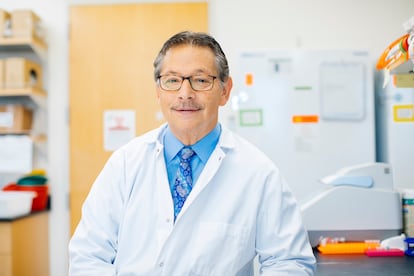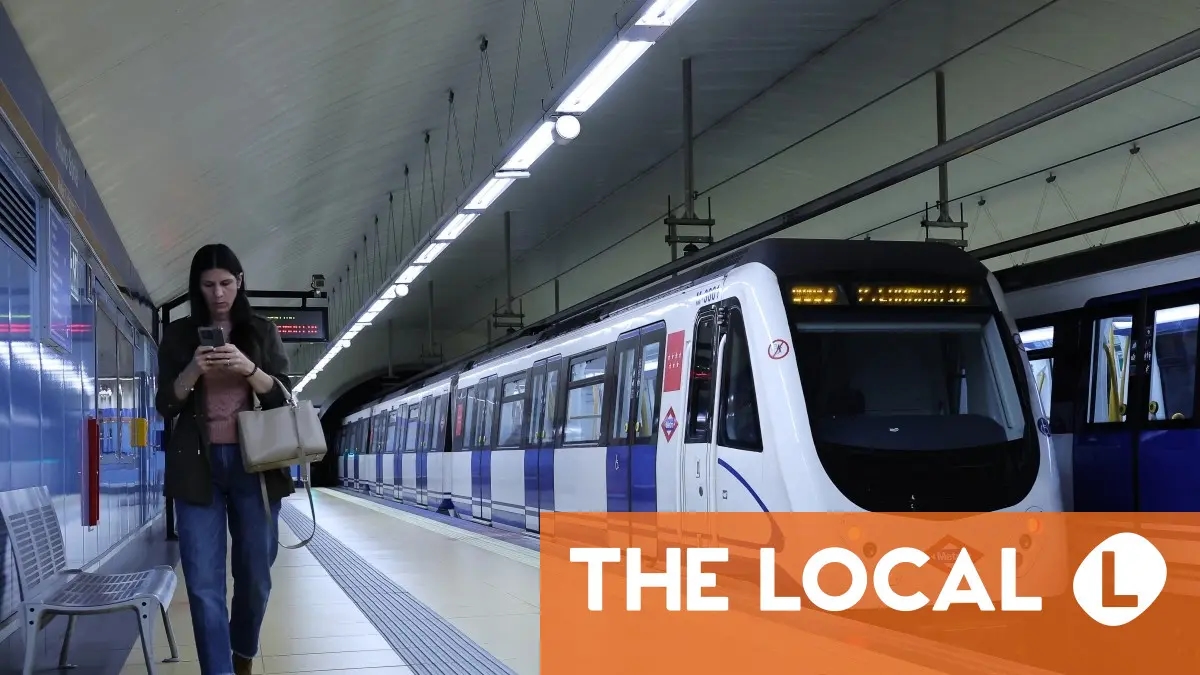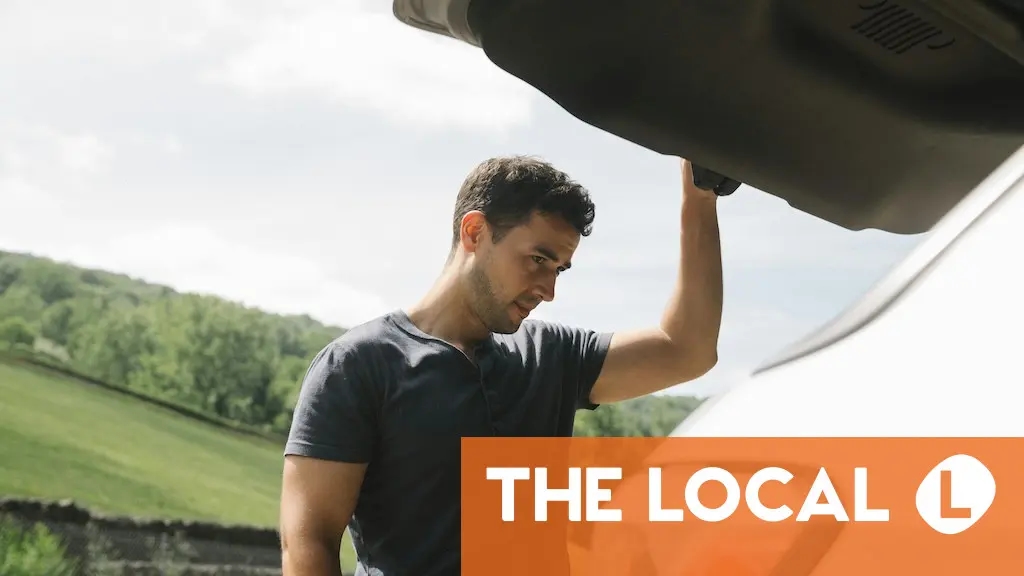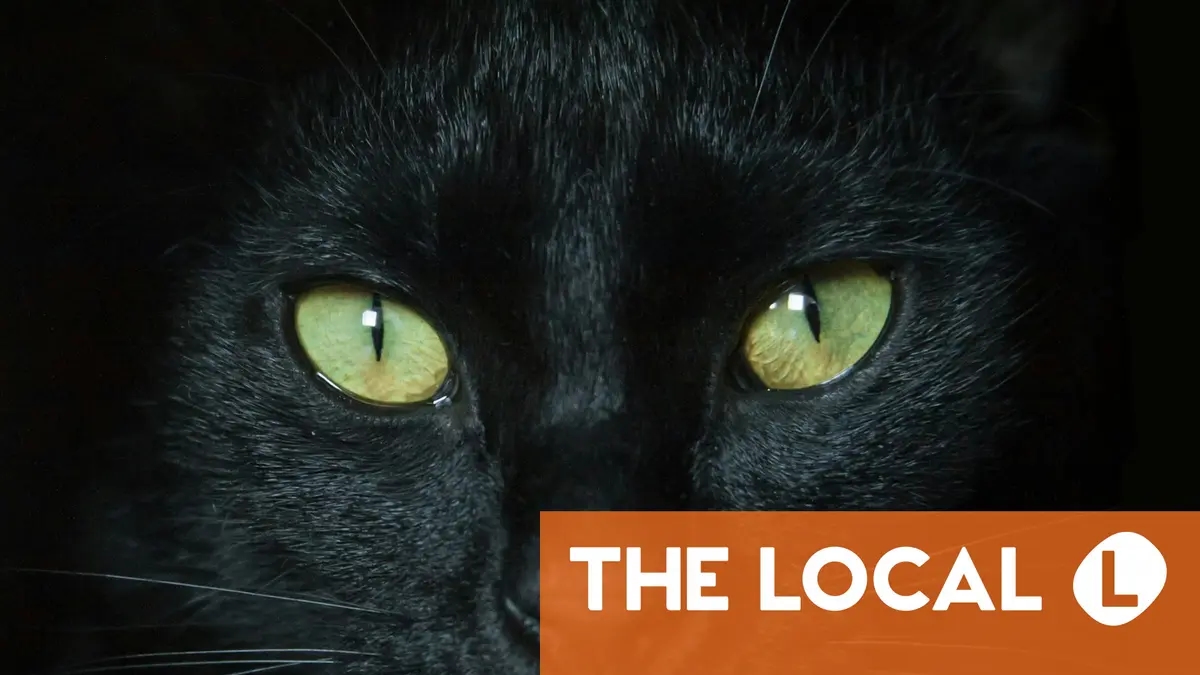An experimental therapy saves the lives of more than fifty children with a fatal disease.

An experimental therapy has saved the lives of 62 children affected by the extremely cruel ADA-SCID , a genetic childhood disease that weakens the immune system and facilitates all kinds of deadly infections: pneumonia, meningitis, chickenpox. The father of one of the girls, Jeff Nachem, details over the phone the ordeal his family endured a decade ago. “It was very hard. Our daughter Eliana had to be confined to the house, so my wife also isolated herself from the world so as not to risk infecting her. I had to continue going to work, but when I returned home I had to shower and put on clean clothes before touching them,” he recalls from New York. The revolutionary treatment is administered in one day and is ready, but it is so sophisticated that it can cost around one million euros . Eliana received it a decade ago and now leads a completely normal life. “She gets great grades in school, plays basketball, and has even joined the school choir. It’s incredible,” her father recounts with emotion.
The treatment consists of extracting stem cells, which are precursors to white blood cells, from blood or bone marrow. A healthy copy of the defective gene is then introduced into the cells and the corrected gene is returned to the children. The results show a 100% survival rate, after a follow-up period of more than a decade in five cases. One of the leaders of the research, American doctor Donald Kohn , believes it is still too early to declare a cure. "For me, a cure means the absence of the disease for life. We can't say that yet. However, the observation period has already lasted between 7 and 12 years, and the clinical benefits have remained completely stable, so I hope it will continue to be that way for life," Kohn, of the University of California, Los Angeles, explains to EL PAÍS.
Up to five out of every million newborns suffer from the disease. Like other rare pathologies, its name is unpronounceable. ADA-SCID stands for severe combined immunodeficiency due to adenosine deaminase deficiency, a protein essential for activating white blood cells, the body's defenses. Due to the lack of this protein, Eliana Nachem's parents had to meticulously disinfect everything that entered their home, while their daughter grew up without seeing the faces of her loved ones, hidden behind masks. The disease and others like it are popularly known as Bubble Boy syndrome, especially since the harrowing 1976 film The Boy in the Plastic Bubble , starring John Travolta.
Children no longer have to literally live in plastic bubbles like they did half a century ago, but isolation remains strict. “I remember how angry many people were when the COVID pandemic started and they were asked to stay home for two weeks. People went crazy after two weeks of confinement. Many families with this immunodeficiency have to be like this for years,” laments Jeff Nachem. To isolate their daughter from viruses, bacteria, and fungi, Eliana's parents had to relocate their pets to friends' houses, give up plants, install filters to clean the air, and forgo eating fresh fruits and vegetables. Without therapy, children often die before their second birthday.

Dr. Donald Kohn and his colleagues emphasize that current treatments have limitations and risks. It's possible to improve these children's immune systems with weekly injections of the missing protein, but deadly infections return over the long term. Another option is a bone marrow transplant, but a compatible donor must be found quickly, and complications often arise. And there is a third alternative: Strimvelis , another gene therapy that has already saved the life of Aitana , a 4-year-old girl from Cordoba, in Spain.
The story of Strimvelis epitomizes the nightmare suffered by families affected by the disease. The treatment was born from research at San Raffaele Hospital in Milan, developed in conjunction with the British pharmaceutical company GSK. This therapy also involves introducing a healthy copy of the defective gene into children's cells using a virus that acts as a carrier. The European Medicines Agency approved Strimvelis in 2016, and GSK set a price of approximately €600,000 per patient. However, just two years later, the pharmaceutical company transferred the treatment to another company with headquarters in the United States and the United Kingdom, Orchard Therapeutics, which also ended up abandoning its commercialization. The shortage of patients and the extremely high cost complicate the viability of these early gene therapies, even if they save lives. The system fails with rare diseases. For the time being, the Telethon Foundation, linked to San Raffaele Hospital, has committed to maintaining production of Strimvelis.
Immunologist Manuel Santamaría led Aitana's case at the Reina Sofía Hospital in Córdoba. In his opinion, the two gene therapies are "similar," except for two relevant details. Strimvelis uses a retrovirus to introduce the healthy gene into cells. Its results in 43 children show an excellent efficacy and safety profile, but one of the patients developed leukemia due to unwanted DNA alterations caused by the treatment itself. The new therapy from Donald Kohn's laboratory uses another type of virus, a lentivirus, and no evidence of this problem has been detected. Furthermore, the Los Angeles team managed to freeze the children's cells after adding the gene, which will allow the treatment to travel and be administered in any hospital. Currently, families must travel to Milan to receive Strimvelis, which consists of fresh cells. "They're slight improvements, but there aren't enough differences to warrant running away from one treatment and adopting another. Essentially, these two gene therapies are comparable," says Santamaría.
Dr. Donald Kohn says the patent for his treatment belongs to the two institutions that developed it: the University of California, Los Angeles, and University College London. Orchard Therapeutics also licensed the therapy in 2016, but halted development five years later due to financial difficulties. Frustrated and with no partners in sight, Kohn and two members of his lab decided to found Rarity PBC , the company that now holds the patent license. Kohn also just received approximately €13 million from a California-based agency to develop the industrial manufacturing of his ADA-SCID therapy.
“I don't know how much each treatment will cost,” says the American doctor. “It's complex to manufacture the cell product for each patient, as it requires a clean room facility [a room with extremely clean, controlled atmosphere], specialized technicians, and rigorous quality control. Currently, patients typically receive protein injections for several years, which are also quite expensive. Therefore, a single-dose gene therapy should be more cost-effective after a few years,” reflects Kohn, who points out that he owns shares in Rarity PBC. Their latest results, in children treated in the United States and the United Kingdom, were announced this Wednesday in the specialized journal The New England Journal of Medicine .
Juan Antonio Bueren, former president of the European Society of Gene and Cell Therapy, is collaborating with Kohn on another experimental treatment that has already saved the lives of a dozen children with another extremely rare disease, leukocyte adhesion deficiency type 1 (LAD-I). The Spanish researcher applauds the "wonderful" results of the new study, but emphasizes the difficulties. "There is a problem with commercializing gene therapies for rare diseases: their current cost is enormous, due to the production cost of the viruses and genetically modified cells, the cost of all the controls required by regulatory agencies, and the fact that patients must be followed for 15 years," explains Bueren, of the Center for Energy, Environmental and Technological Research (CIEMAT) in Madrid.
Lentiviruses have already proven to be a potential cure for around fifteen rare genetic diseases. They are some of the most expensive medicines on the planet. “Since healthcare in the US is primarily private, the price of this type of therapy amounts to four million euros and that's it, but in Europe, where healthcare is predominantly public, pharmaceutical companies faced the problem that governments wouldn't authorize such high costs. And many companies aren't interested in developing gene therapies for rare diseases,” Bueren continues. Jeff Nachem, Eliana's father, is clear: “I don't know how much to charge for it, but this type of treatment shouldn't be denied to a young child who needs it to survive.”
EL PAÍS





